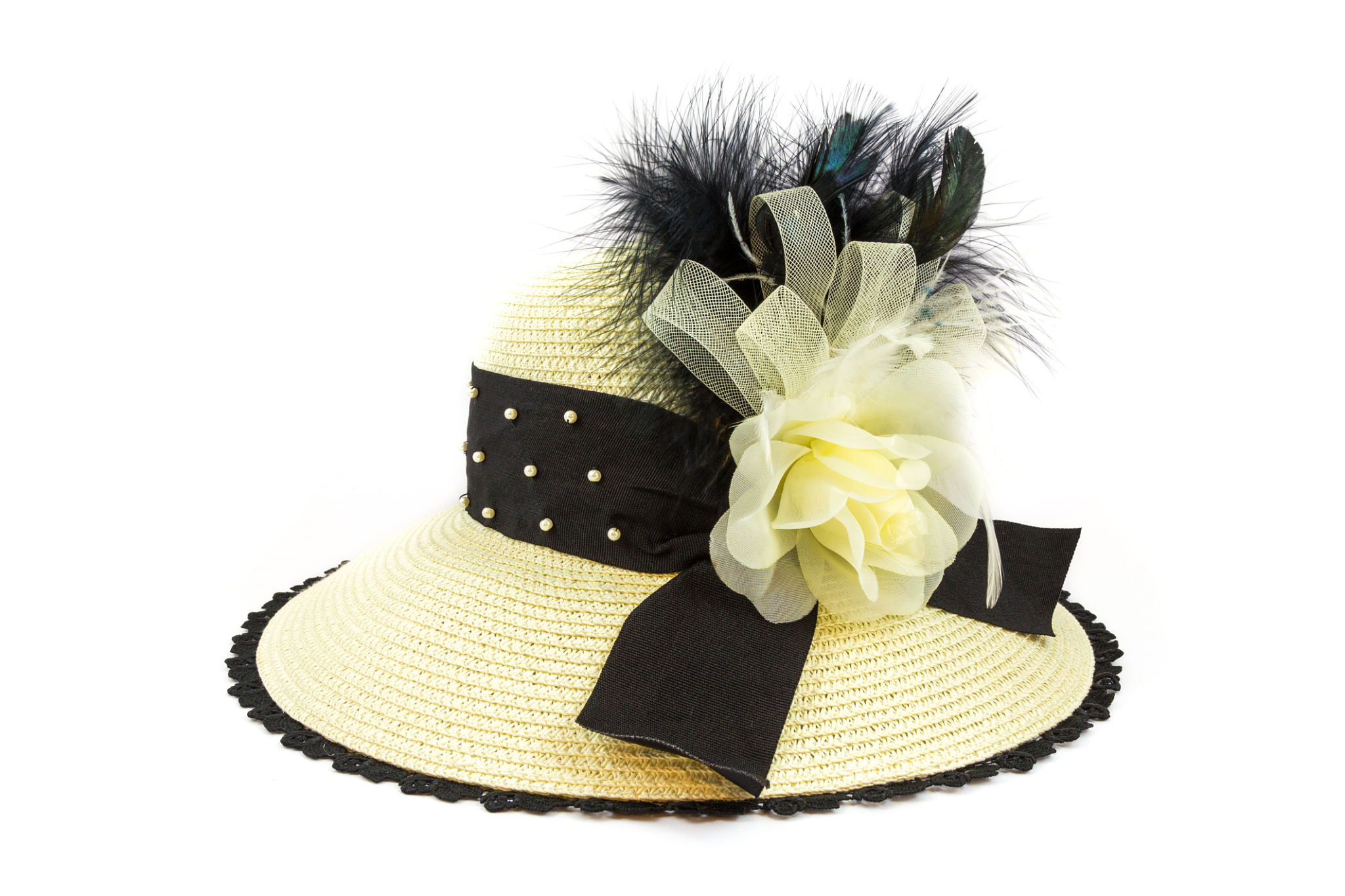The History and Craftsmanship of High-End Hat Manufacturing
The Origins of Hat Making
Hat making, also known as millinery, has a rich and varied history that dates back thousands of years. The art of crafting hats has evolved from simple head coverings to intricate fashion statements and symbols of social status. Early examples of hat manufacturing can be traced to ancient Egypt, where headwear was used not only for protection from the elements but also for ceremonial purposes.
As civilizations developed, so did the complexity and diversity of hats. During the Middle Ages in Europe, hats became an essential part of daily attire, reflecting one's rank and profession. This period saw the rise of various styles, such as the hennin, a tall, pointed headdress worn by noblewomen.

The Evolution of High-End Hat Manufacturing
The Renaissance period marked a significant transformation in hat making, with advancements in materials and techniques. Craftsmanship became more refined, and hats began to incorporate luxurious fabrics like silk and velvet, adorned with feathers and jewels. By the 18th century, Paris emerged as a hub for high-end hat manufacturing, setting trends that would influence fashion across Europe.
In the 19th and early 20th centuries, industrialization revolutionized the hat-making industry. Machines allowed for faster production, but handcrafted methods remained essential for high-quality, bespoke pieces. This era saw the rise of iconic styles such as the bowler hat and the fedora, each requiring meticulous attention to detail and skillful artisanship.

The Art of Craftsmanship in Modern Hat Making
Today, high-end hat manufacturing is a blend of traditional techniques and modern innovation. Master milliners employ a range of skills to create hats that are not only functional but also works of art. The process often starts with selecting premium materials, such as fine wool felt, straw, or luxury fabrics.
Once materials are chosen, the hat is shaped using wooden blocks that define its form. This stage requires patience and precision, as each piece must be steamed, molded, and cooled multiple times to achieve the desired shape. Sewing and finishing touches are then meticulously applied by hand, ensuring every detail meets the highest standards of quality.

The Role of High-End Hats in Fashion
High-end hats continue to hold a prestigious place in the fashion world. They are often featured in runway shows and worn by celebrities at high-profile events. These accessories are celebrated for their ability to transform an outfit and make a bold statement.
Many luxury brands have made a name for themselves in hat manufacturing, with some focusing exclusively on creating exceptional headwear. These brands understand that a well-crafted hat is more than just an accessory; it is an expression of individuality and style.

Preserving the Tradition of Hat Making
The tradition of high-end hat making is kept alive by a small community of dedicated artisans who pass down their knowledge through generations. Workshops and apprenticeships play a crucial role in ensuring these skills are not lost to time. Enthusiasts and collectors often seek out bespoke creations, appreciating the craftsmanship and history behind each piece.
In an era dominated by fast fashion, high-end hats stand as a testament to the enduring value of quality and artistry. They remind us that some traditions are worth preserving, offering a connection to the past while inspiring future generations of creators.
